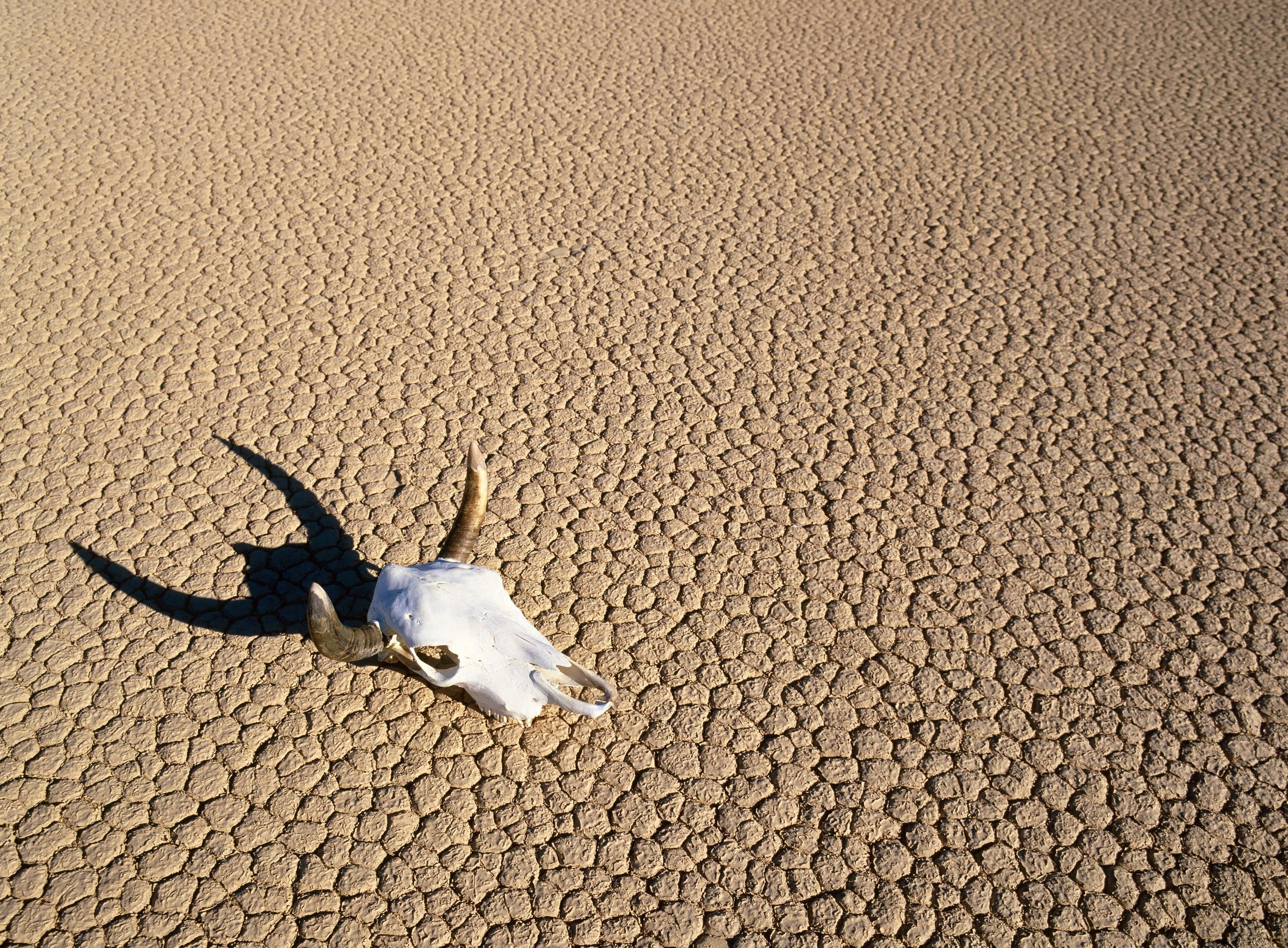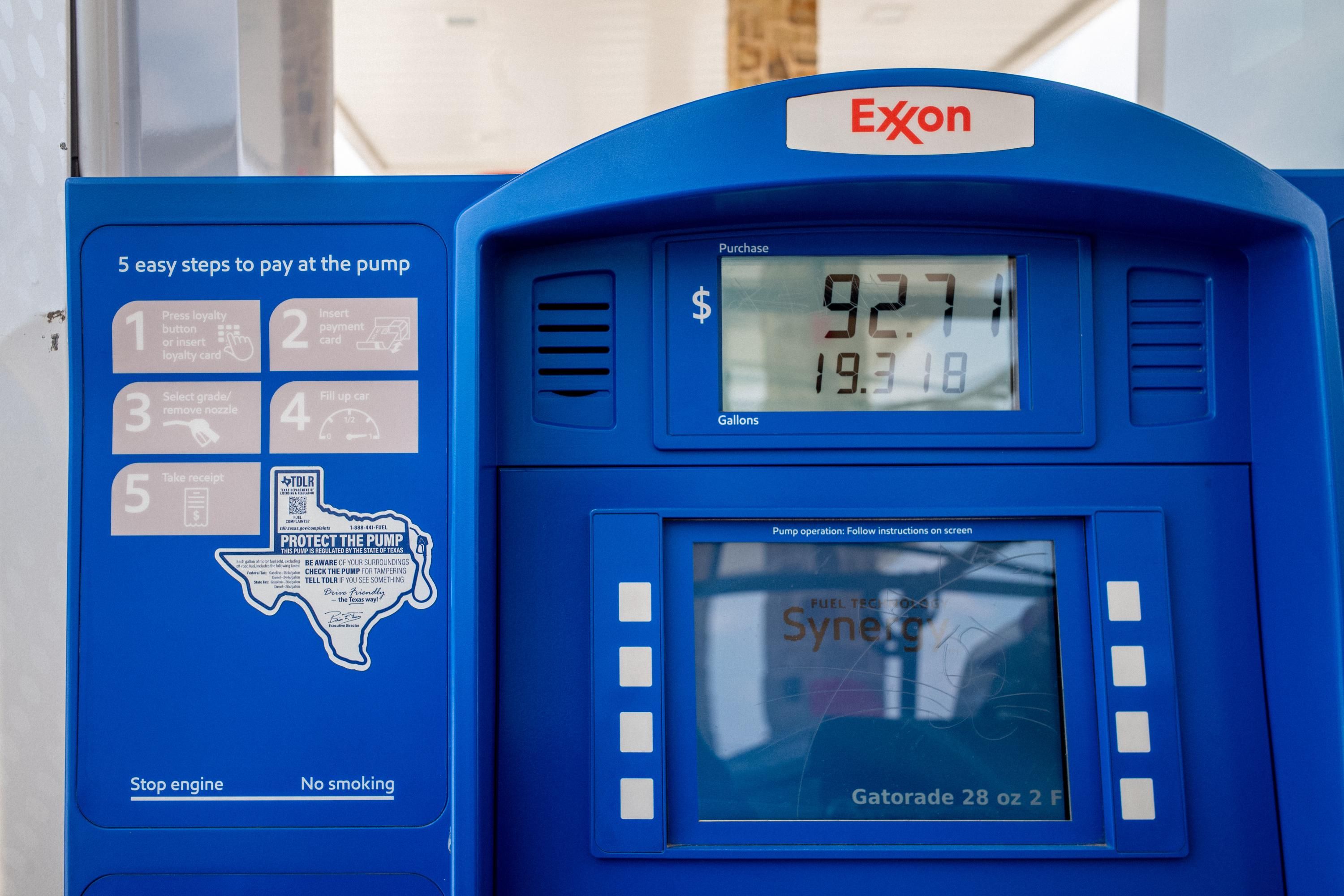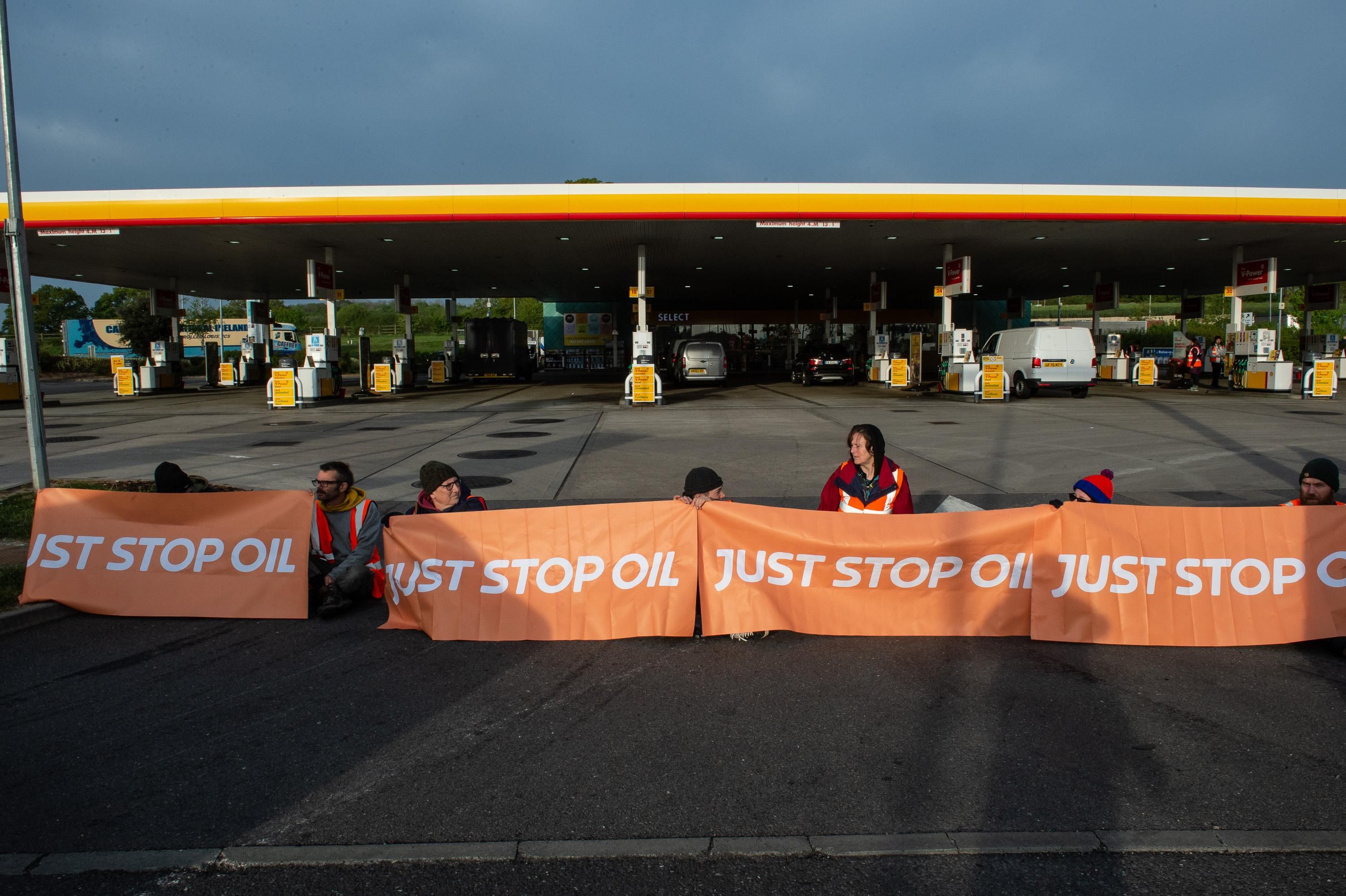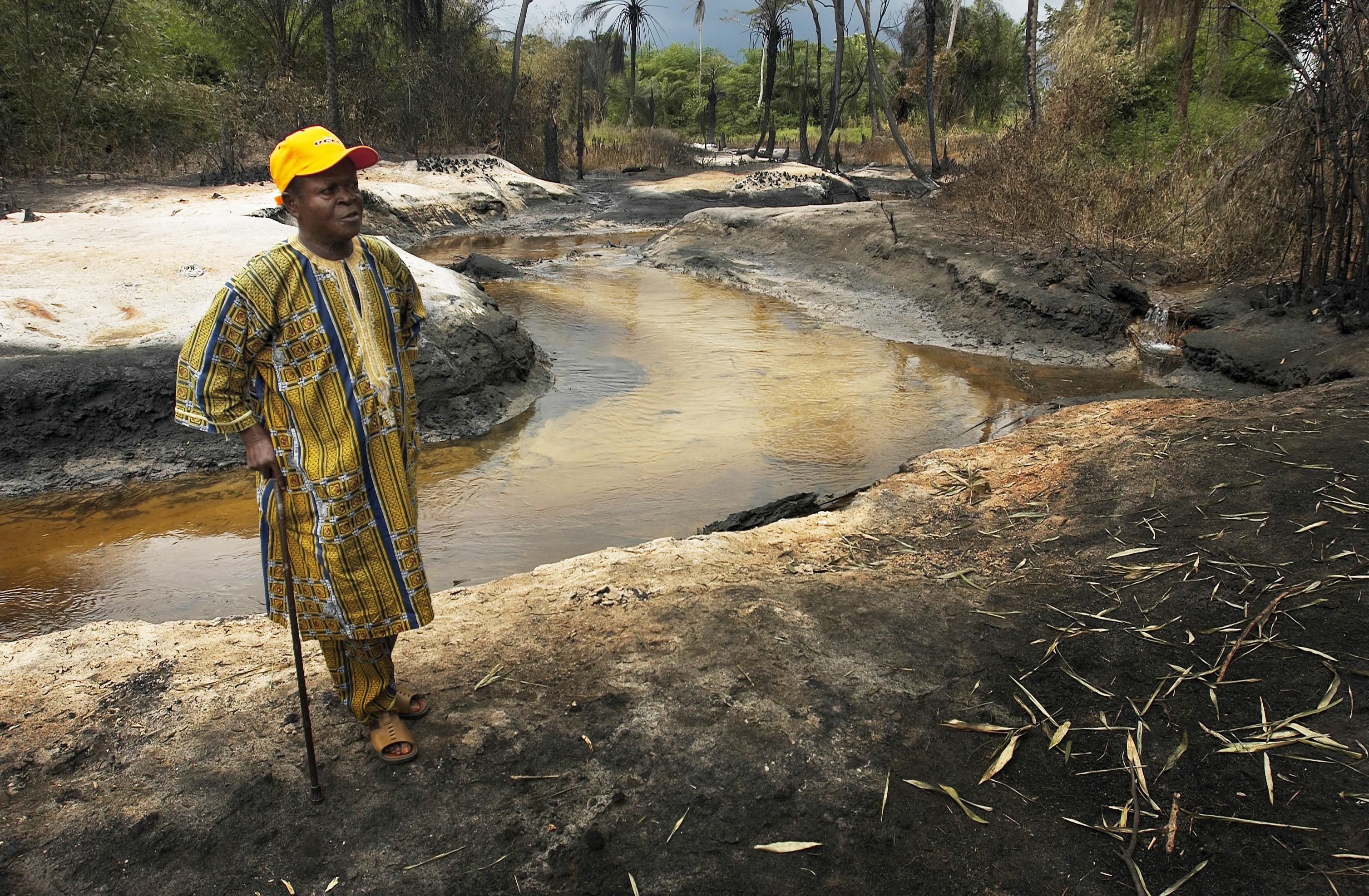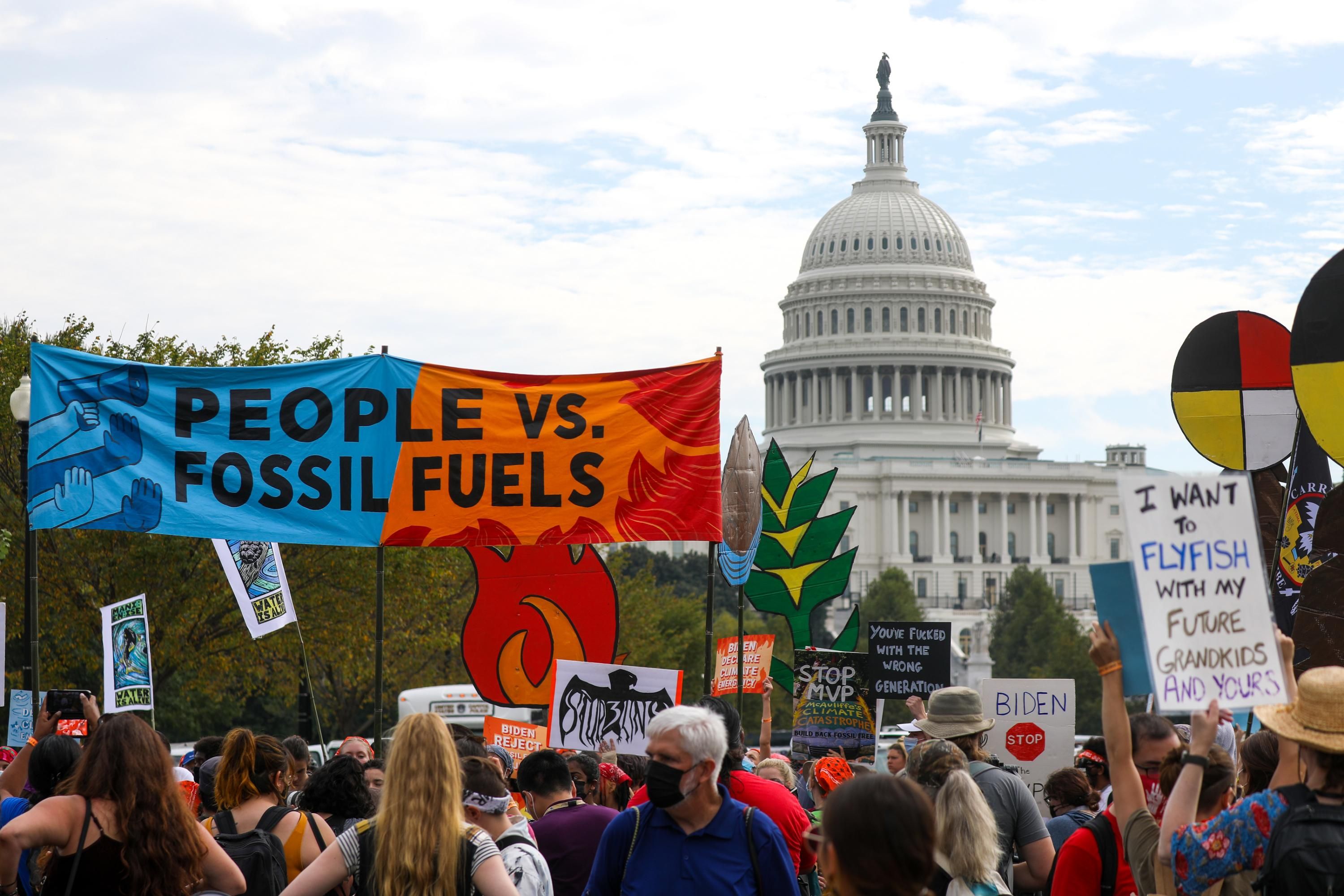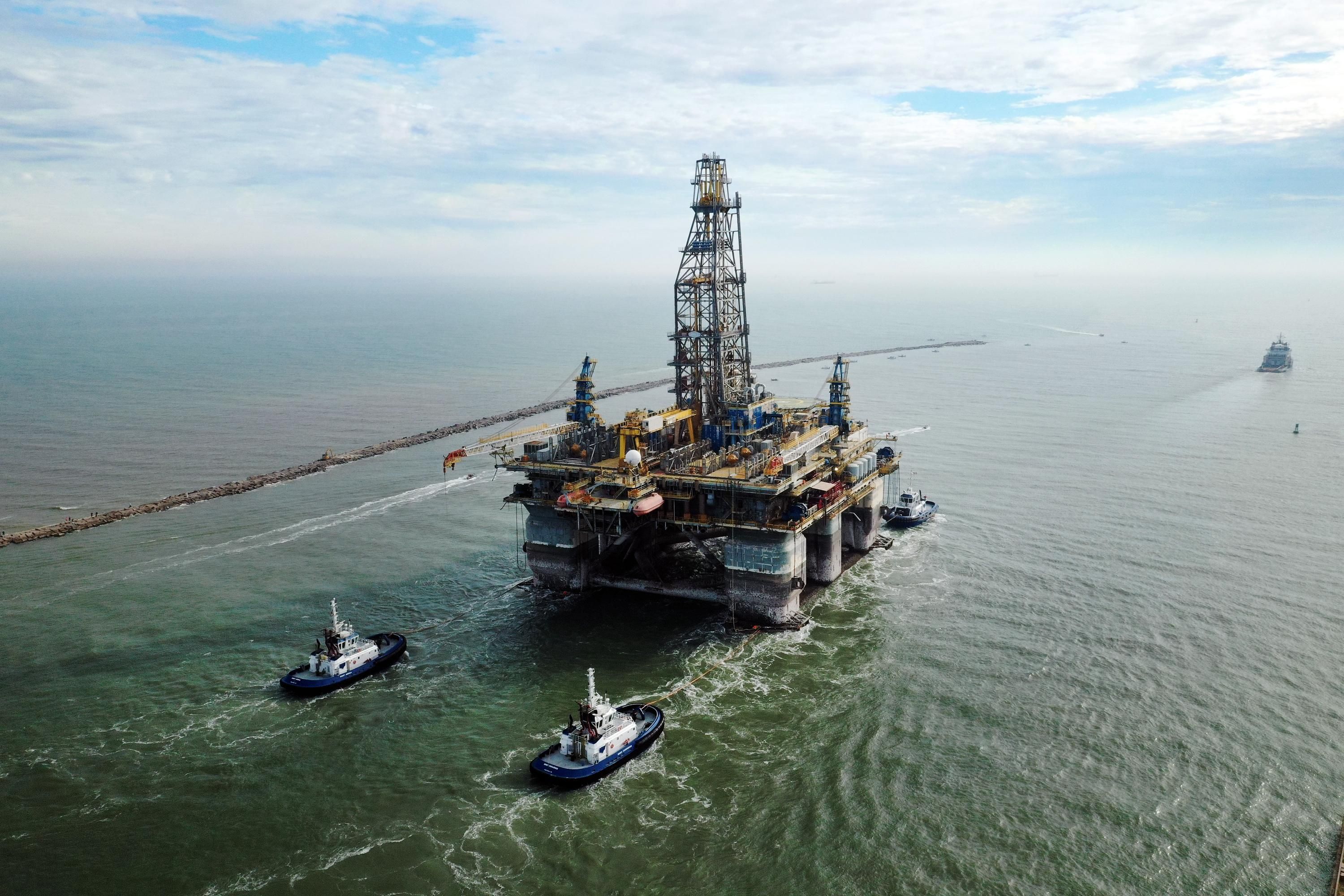The enduring tyranny of oil
War, inflation, geopolitical rivalry, and soaring world temperatures.
It may seem hard to believe, but only 15 years ago many of us were talking confidently about “peak oil” — the moment of maximum global oil output after which, with world reserves dwindling, its use would begin an irreversible decline. Then along came hydraulic fracturing, or fracking, and the very notion of peak oil largely vanished. Instead, some analysts began speaking of “peak oil demand” — a moment, not so far away, when electric vehicle (EV) ownership would be so widespread that the need for petroleum would largely disappear, even if there was still plenty of it to frack or drill. However, in 2020, EVs made up less than 1% of the global light-vehicle fleet and are only expected to reach 20% of the total by 2040. So peak-oil demand remains a distant mirage, leaving us deeply beholden to the tyranny of petroleum, with all its perilous consequences.
For some perspective on this, recall that, in those pre-fracking days at the start of the century, many experts were convinced that world petroleum output would hit a daily peak of perhaps 90 million barrels in 2010, dropping to 70 or 80 million barrels by the end of that decade. In other words, we would have little choice but to begin converting our transportation systems to electricity, pronto. That would have caused a lot of disruption at first, but by now we would be well on our way to a green-energy future, with far less carbon emissions and a slowing pace of global warming.
Now, compare those hopeful scenarios to the latest data from the U.S. Energy Information Administration (EIA). At the moment, world oil production is hovering at around 100 million barrels daily and is projected to reach 109 million barrels by 2030, 117 million by 2040, and a jaw-dropping 126 million by 2050. So much, in other words, for “peak oil” and a swift transition to green energy.
Why global oil consumption is expected to hit such heights remains a complex tale. Foremost among the key factors, however, has certainly been the introduction of fracking technology, permitting the exploitation of mammoth shale reserves once considered inaccessible. On the demand side, there was (and remains) a worldwide preference — spearheaded by American consumers — for large, gas-guzzling SUVs and pickup trucks. In the developing world, it’s accompanied by an ever-expanding market for diesel-powered trucks and buses. Then there’s the global growth in air travel, sharply increasing the demand for jet fuel. Add to that the relentless efforts by the oil industry itself to deny climate-change science and obstruct global efforts to curb fossil-fuel consumption.
The question now facing us is this: What are the consequences of such a worrisome equation for our future, beginning with the environment?
More oil use = more carbon emissions = rising world temperatures
We all know — at least, those of us who believe in science — that carbon-dioxide emissions are the leading source of the greenhouse gases (GHGs) responsible for global warming and the combustion of fossil fuels is responsible for the lion’s share of those CO2 emissions. Scientists have also warned us that, without a sharp and immediate decline in such combustion — aimed at keeping global warming from exceeding 1.5 degrees Celsius above the pre-industrial era — genuinely catastrophic consequences will ensue. Those will include the complete desertification of the American West (already experiencing the worst drought in 1,200 years) and the flooding of major coastal cities, including New York, Boston, Miami, and Los Angeles.
Now consider this: in 2020, oil accounted for more global energy consumption than any other source — approximately 30% — and the EIA projects that, on our present course, it will remain the world’s number-one source of energy, possibly until as late as 2050. Because it’s such a carbon-intensive fuel (though less so than coal), oil was responsible for 34% of global carbon emissions in 2020 and that share is projected to rise to 37% by 2040. At that point, oil combustion will be responsible for the release of 14.7 million metric tons of heat-trapping GHGs into the atmosphere, ensuring even higher average world temperatures.
With CO2 emissions from oil use continuing to rise, there’s zero chance of staying within that 1.5 degrees Celsius limit or of preventing the catastrophic warming of this planet, with all it portends. Think of it this way: the stunning heatwaves experienced so far this year from China to India, Europe to the Horn of Africa, and this country to Brazil are only a mild foretaste of our future.
Oil and the war in Ukraine
Nor are heat waves the only perilous consequence of our still growing reliance on petroleum. Because of its vital role in transportation, industry, and agriculture, oil has always possessed immense geopolitical significance. There have, in fact, been scores of wars and internal conflicts over its ownership — and the colossal revenues it generates. The roots of every recent conflict in the Middle East, for example, can be traced back to such disputes. Despite much speculation about how peak-oil-demand scenarios could theoretically end all that, petroleum continues to shape world political and military affairs in a critical fashion.
To appreciate its enduring influence, just consider the multiple connections between oil and the ongoing war in Ukraine.
To begin with, it’s unlikely that Vladimir Putin would have ever been in a position to order the invasion of another well-armed country if Russia weren’t one of the planet’s top oil producers. Following the implosion of the Soviet Union in 1991, what remained of the Red Army was in shambles, barely capable of crushing an ethnic insurgency in Chechnya. However, after becoming Russia’s president in 2000, Vladimir Putin imposed state control over much of the nation’s oil and gas industry and used the proceeds from energy exports to finance the rehabilitation and modernization of that military. According to the Energy Information Administration, revenue from oil and natural gas production provided, on average, 43% of the Russian government’s total annual revenue between 2011 and 2020. In other words, it allowed Putin’s forces to build up the vast stocks of the guns, tanks, and missiles that it’s been using so mercilessly in Ukraine.
No less important, after his military’s failure to take Kyiv, the Ukrainian capital, Putin would certainly have lacked the ability to continue the fight without the cash he receives every day from foreign oil sales. Although Russian petroleum exports have declined somewhat due to Western sanctions imposed after the war began, Moscow has been able to find clients in Asia — notably China and India — willing to buy up its excess crude oil once destined for Europe. Even if Russia is selling that oil at discounted prices, the undiscounted price has risen so sharply since the war began — with Brent crude, the industry standard, soaring from $80 a barrel in early February to $128 a barrel in March — that Russia is making more money now than when its invasion began. Indeed, economists at the Helsinki-based Center for Research on Energy and Clean Air have determined that, during the first 100 days of the war, Russia earned approximately $60 billion from its oil exports — more than enough to pay for its ongoing military operations in Ukraine.
To further punish Moscow, the 27 members of the European Union (EU) have agreed to ban all tanker-delivered Russian oil by the end of 2022 and cease its pipeline imports by the end of 2023 (a concession to Viktor Orbán of Hungary, which gets most of its crude oil via a Russian pipeline). This, in turn, would eliminate the monthly $23 billion that EU countries have been spending on those imports, but could, in the process, drive global prices higher yet, an obvious boon to Moscow. Unless China, India, and other non-Western buyers can be persuaded (or somehow compelled) to eliminate Russian imports, oil will continue to finance the war against Ukraine.
Oil, Ukraine, and the global inflationary tsunami
The connections between oil and the war in Ukraine don’t end there. In fact, the two have combined to produce a global crisis unlike any in recent history. Because humanity has become so thoroughly reliant on petroleum products, any significant rise in the price of oil ripples through the global economy, affecting nearly every aspect of industry and commerce. Naturally, transportation takes the biggest hit, with all forms of it — from daily commuting to airline travel — becoming ever more costly. And because we’re so thoroughly dependent on oil-powered machines to grow our crops, any increase in the price of oil also automatically translates into increased food costs — a devastating phenomenon now occurring worldwide, with dire consequences for poor and working people.
The price data tell it all: From 2015 to 2021, Brent crude averaged around $50 to $60 a barrel, helping to spur automobile purchases while keeping inflation rates low. Prices started rising a year ago, driven by growing geopolitical tensions, including sanctions on Iran and Venezuela, as well as internal unrest in Libya and Nigeria — all major oil producers. Nevertheless, the price of crude only reached $75 per barrel as 2021 ended. Once the Ukraine crisis kicked in early this year, however, the price shot up rapidly, reaching $100 per barrel on February 14th and finally stabilizing (if such a word can even be used under the circumstances) at the current rate of approximately $115. This huge price spike, a doubling of the 2015 to 2021 average, has substantially increased travel, food, and shipping costs, only compounding the supply-chain problems sparked by the Covid-19 pandemic and fueling an inflation tsunami.
An inflationary tide of this sort can only cause distress and hardship, particularly for less affluent populations across the planet, leading to widespread unrest and public protest. For many, such hardships have only been compounded by Russia’s blockade of Ukrainian grain exports, which has contributed significantly to rising food prices and increasing starvation in already troubled parts of the world. In Sri Lanka, for instance, anger over high food and fuel prices combined with disdain for the country’s inept governing elite sparked weeks of mass protests that culminated in the flight and resignation of that country’s president. Angry protests against high fuel and food prices have swept through other countries as well. Ecuador’s capital, Quito, was paralyzed for a week in late June by just such an upheaval, leaving at least three people dead and nearly 100 wounded.
In the United States, distress over rising food and fuel prices is widely seen as a major liability for President Joe Biden and the Democrats as the 2022 congressional elections approach. The Republicans clearly intend to exploit public anger over soaring inflation and gas prices in their campaigns. In response, Biden, who promised while running for president to make climate change a major White House priority, has recently been scouring the planet for additional sources of petroleum in a desperate drive to lower prices at the gas pump. At home, he released 180 million barrels of oil from the national strategic petroleum reserve, a vast underground reservoir created after the “oil shocks” of the 1970s to provide a cushion against a time like this, and lifted environmental regulations prohibiting the summer use of an ethanol-based blend known as E15, which contributes to smog during warmer months. Abroad, he’s sought to renew contacts with the previously pariah regime of Venezuela’s President Nicolás Maduro, once a major oil exporter to the United States. In March, two senior White House officials met with Maduro in what was widely viewed as an attempt to restore those exports.
In the most controversial expression of this drive, in July the president traveled to Saudi Arabia — the world’s leading oil exporter — to meet its de facto leader, Crown Prince Mohammed bin Salman. MBS, as he’s known, was viewed by many, including analysts at the Central Intelligence Agency (and Biden himself), as the person ultimately responsible for the October 2018 murder in Turkey of Jamal Khashoggi, a U.S.-based Saudi dissident and Washington Post columnist.
The president insisted that his principal motives for meeting MBS were to bolster regional defenses against Iran and counter Russian and Chinese influence in the Middle East. “This trip is about once again positioning America in this region for the future,” he told reporters in the Saudi city of Jeddah on July 15th. “We are not going to leave a vacuum in the Middle East for Russia or China to fill.”
But most independent analysts suggest that his primary objective was to secure a Saudi promise to substantially increase that country’s daily oil output — a move they only acceded to after Biden agreed to meet MBS, terminating his pariah status in Washington. According to press accounts, the Saudis did indeed agree to boost their rate of production, but also promised to delay announcing the increase for several weeks to avoid embarrassing Biden.
Ending the enduring tyranny of oil
It’s telling that the “climate” president was so willing to meet the Saudi leader to obtain the short-term political benefit of lower gas prices before American voters go to the polls this November. In truth, though, oil still plays a far deeper role in White House calculations. Although the United States no longer relies on Middle Eastern oil imports for a large share of its own energy needs, many of its allies — as well as China — do. In other words, from a geopolitical perspective, control of the Middle East remains no less important than it did in 1990 when President George H.W. Bush launched Operation Desert Storm, this country’s first Persian Gulf war, or in 2003, when his son, President George W. Bush, invaded Iraq.
Indeed, the government’s own projections suggest that, if anything, by 2050 (yes, that distant year again!), Middle Eastern members of the Organization of Petroleum Exporting Countries, or OPEC, could actually command a larger share of global crude oil production than they do now. This helps explain Biden’s comments about not leaving a vacuum in the Middle East “for Russia or China to fill.” The same line of reasoning is bound to shape U.S. policy towards other oil-producing areas, including in West Africa, Latin America, and the offshore regions of Asia.
It doesn’t take much imagination to suggest, then, that oil is likely to play a crucial role in American foreign and domestic policies for years to come, despite the hopes of so many of us that declining petroleum demand would foster a green-energy transition. No doubt Joe Biden had every intention of moving us in that direction when he assumed office, but it’s clear that — thank you, Joe Manchin! — he’s been overpowered by the tyranny of oil. Worse yet, those who do the bidding of the fossil-fuel industry, including virtually every Republican in Congress, are determined to perpetuate that tyranny at whatever cost to the planet and its inhabitants.
Overcoming such a global phalanx of oil-industry defenders will require far more political muscle than the environmental camp has yet been able to muster. To save the planet from an all-too-literal hell on earth and protect the lives of billions of its inhabitants — including every child alive today or to be born in the years to come — petroleum tyranny must be resisted with the same ferocity that anti-abortion forces have employed in their campaign to protect (or so they claim) unborn fetuses. We must, like them, work tirelessly to elect like-minded politicians and advance our legislative agenda. Only by fighting to reduce carbon emissions today can we be sure



